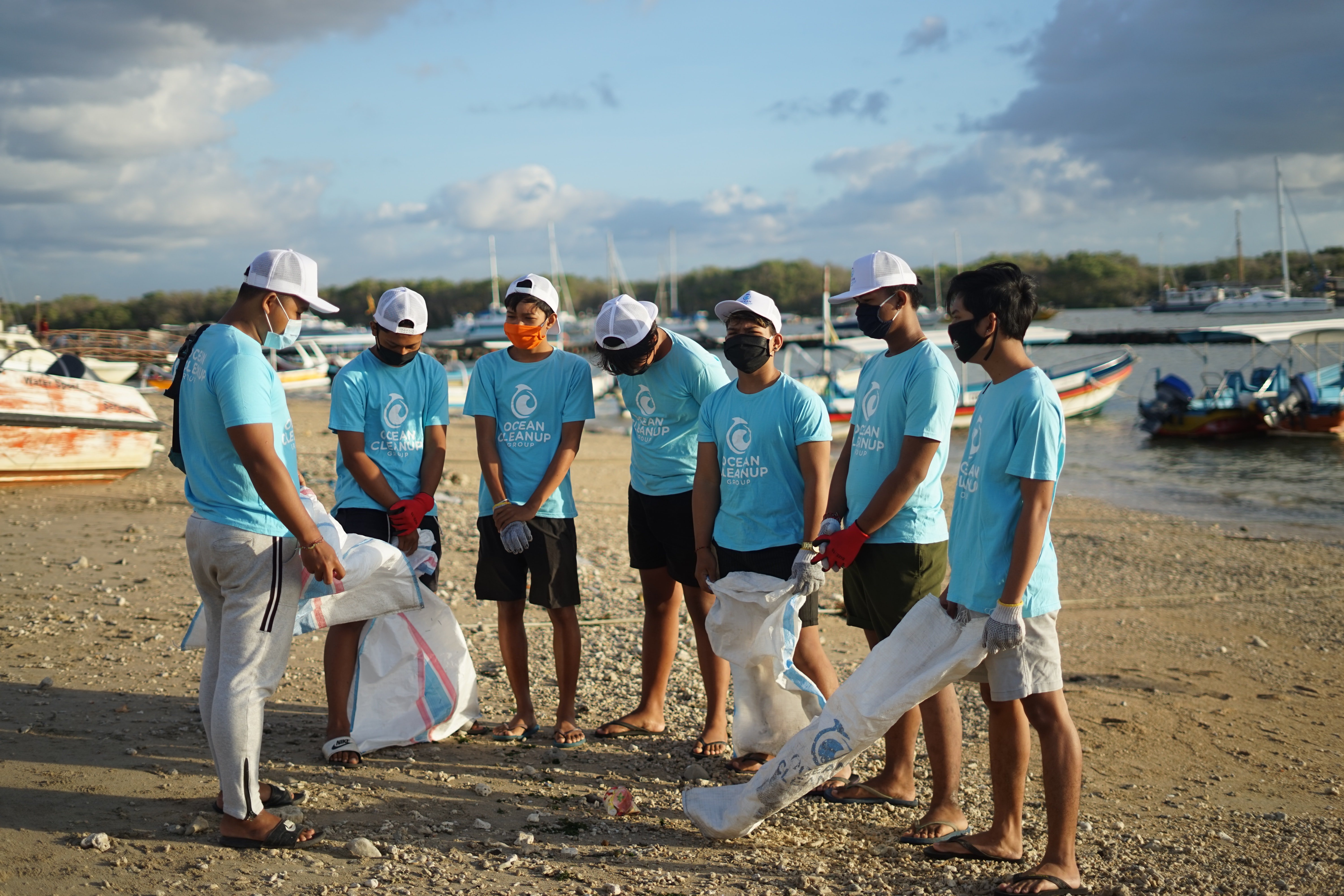Nonprofit events and opportunities come in all shapes and forms: from exhibits and galas to volunteer drives, races and runs. But they all have one common goal: to promote the mission of the organization. Depending on your model, that may support you in a few different ways. You might be looking to attract new volunteers, build up your supporter base, raise awareness or increase giving. Whatever your objectives, it's important to plan your nonprofit opportunity thoroughly in order to be successful.
The better you're prepared, the better results you can expect. So, what are some basic steps you can take to make your event or opportunity productive and engaging for supporters and donors? We'll dig into them below.
1. Set Goals
The first step toward a successful nonprofit event is identifying basic objectives.
- What is the event for?
- Who is the target audience?
- What do you want to achieve? Do you have a specific fundraising goal or a number of volunteers you'd like to engage?
While it sounds simple, having the answers to these questions will help you create a plan that's cohesive and strategic and make sure that your whole team is pulling in the same direction.
2. Assemble a Team
Once you've set some basic goals, it's time to create a team. Depending on your organization's model, this could be an internal committee of staff members, or it may include board members and volunteers. A committee is a great way to bring together people with complementary skill sets and tap into new networks.
As you're forming your team, make sure all the skills you'll need are covered (for instance, financial administration, marketing and volunteer management.) If you include volunteers and board members, think about how you can empower them as advocates for your nonprofit organization. Do you have a board member who has been looking for a way to invite their friends or professional connections to get involved? This could be the perfect opportunity.
3. Build a Plan and Budget
With your basic goals in place, you can start fleshing out a framework for your event. With your committee, decide on a date, and build a planning schedule for the weeks learning up to it. Think about the deadlines you'll need to meet. Do you need to book a caterer? Distribute printed invitations? Book advertising space?
Alongside your event plan, build a budget. Identify how much you'd like to spend in total, and then break down the expenses you'll need to cover. This might include space rental, food, drinks and supplies. Your budget should also include your projected income. This might be from ticket sales, donations, sponsorship, a grant or a combination of all of the above.
Your budget will help you determine if you need to decrease your spending or increase your goals and ensure you're using your resources wisely.
4. Set the Specifics
Now that you have a planning framework in place, meet with your committee or team and nail down the specifics. If you're serving food and drinks, what would you like to serve? Do you need a temporary liquor license?
If you're ticketing, how much do you need to charge to make a profit? Do you want to sell merchandise, like t-shirts, as extras? How many attendees can your event or opportunity accommodate?
Tap someone on your committee or nonprofit team to head up each area of work, so nothing gets overlooked.
5. Get the Word Out
Make sure that your target audience knows about your opportunity. Advertise it on your website, social media and volunteer management platform. You may also want to spread the word through printed invitations or posters and by paying for advertising on social media and relevant publications and sites. Make sure your committee is using word of mouth to reach their networks, too.
If your opportunity is volunteer-driven, you're probably already thinking about how best to reach potential volunteers. But even if you're planning a ticketed event like a festival or conference, you're going to need volunteers to be successful. Make sure you have a strategy in place to recruit supporters.
GivePulse provides a one-stop platform to list and promote opportunities and recruit, organize and manage attendees and volunteers. Plus, using GivePulse's volunteer management tools, you can advertise volunteer opportunities, keep track of volunteer data and schedule volunteer shifts–all from one place!
6. Track Engagement
Once the event or opportunity is over, you need to know if you met your goals. How much did you raise? How many people attended? How many people volunteered?
The good news is, if you used a nonprofit CRM (Customer Relationship Management) platform like GivePulse to manage your opportunity, that data has all been tracked automatically. Our simple data visualization tools help you measure and demonstrate metrics like registrations, volunteer hours, funds raised, event attendance and more.
Get Started With GivePulse
To ensure the success of your nonprofit opportunity, a comprehensive nonprofit CRM is a must. GivePulse is an all-in-one solution for tracking and increasing engagement with your donors, supporters and volunteers.
Increase the impact of your next nonprofit opportunity by scheduling a demo with GivePulse today.
About GivePulse
GivePulse's mission is to enable everyone in the world to participate and engage in lifting their community to new heights. We do so by providing a platform to list, find, organize and measure the impact of service-learning, community engagement, philanthropy, corporate social responsibility and volunteerism.
Founded in 2012 in Austin, Texas, GivePulse works with 650,000+ groups, including colleges and universities, nonprofits, businesses, K-12/school districts and cities and municipalities. Together, we connect millions of people in an effort to create positive social change.
Start making a difference today by visiting www.givepulse.com.

